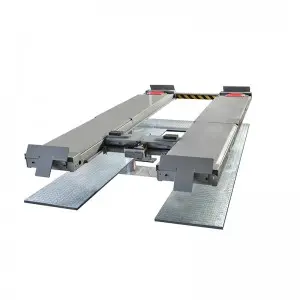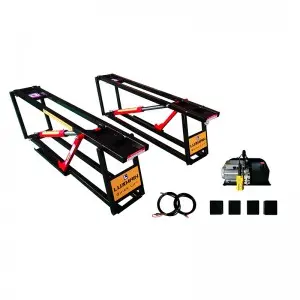
Unleashing the Power of the Cylinder: A Comprehensive Guide to Understanding and Utilizing this Versatile Shape
Cylinders are a simple yet versatile shape that can be found in various aspects of our daily lives. From everyday objects like cans and bottles to complex machinery like engines and hydraulic systems, cylinders play an essential role in many different applications. In this article, we will explore the characteristics of cylinders, their uses, and how they can be utilized effectively in various fields.

Unleashing the Power of the Cylinder: A Comprehensive Guide to Understanding and Utilizing this Versatile Shape
First and foremost, let’s discuss what a cylinder is. A cylinder is a three-dimensional shape that consists of two parallel circular bases connected by a curved surface. The height of the cylinder is the perpendicular distance between the two bases. Cylinders come in all shapes and sizes, and their dimensions can vary depending on the application.
One of the most common uses of cylinders is in the field of engineering. Cylinders are often used as containers for storing liquids or gases. For example, a propane tank used for grilling is a cylinder that stores gas under pressure. In hydraulic systems, cylinders are used to convert fluid power into mechanical motion. Cylinders are also found in engines, where they play a critical role in converting fuel into energy.
Cylinders are also used in construction and architecture. Concrete pillars and columns are often cylindrical in shape, as they provide strength and support to structures. In addition, cylindrical pipes are commonly used for plumbing and irrigation systems. The cylindrical shape of these pipes allows for efficient flow of water or other fluids.

Unleashing the Power of the Cylinder: A Comprehensive Guide to Understanding and Utilizing this Versatile Shape
In the field of mathematics, cylinders are used to calculate volume and surface area. The formula for the volume of a cylinder is V = πr^2h, where r is the radius of the base and h is the height of the cylinder. The surface area of a cylinder can be calculated using the formula A = 2πrh + 2πr^2, where r is the radius and h is the height of the cylinder.
In physics, cylinders are used to study rotational motion and torque. A solid cylinder rotating about its axis will have a moment of inertia that depends on its shape and mass distribution. This property is crucial in understanding the behavior of rotating objects in various engineering applications.
In conclusion, cylinders are a fundamental shape that is used in a wide range of applications. From engineering and construction to mathematics and physics, cylinders play a crucial role in many fields. Understanding the properties and uses of cylinders can help us harness their power and leverage their versatility in our daily lives. So next time you see a cylindrical object, take a moment to appreciate the complexity and utility of this seemingly simple shape.Inground lift



